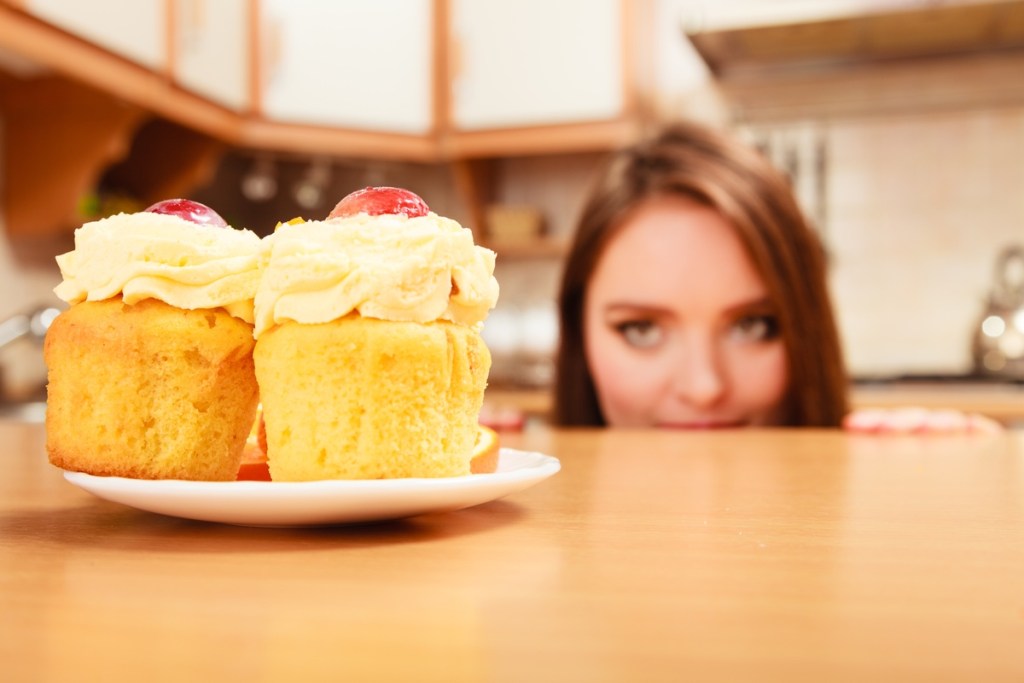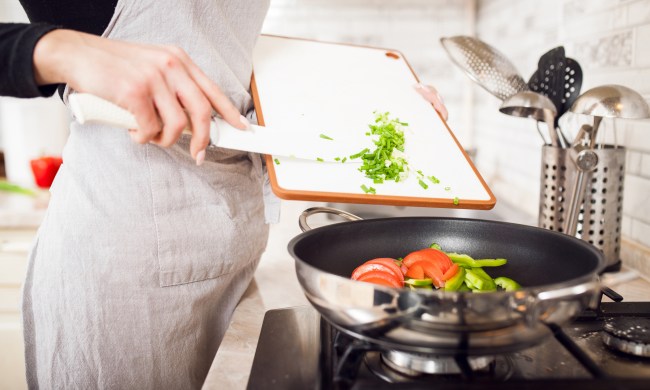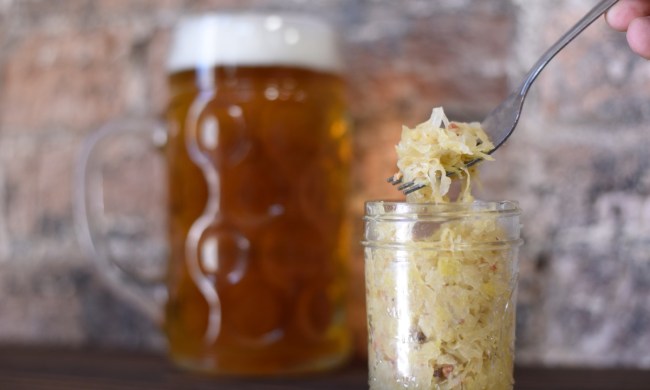Understanding sugar cravings begins with understanding another key reality: Sugar is, indeed, an addiction. When consumed in large quantities, sugar meets the criteria for “a substance of abuse” and can be as addictive as cocaine or morphine. This also means that cutting back on sugar intake can lead to withdrawal symptoms like headaches, irritability, cravings, and altered sleep patterns.
Though difficult, reducing sugar intake is a crucial part of maintaining a healthy lifestyle. Sugar is as dangerous as it is delicious, raising the risk of heart attack, stroke, high blood pressure, inflammation, diabetes, and weight gain.
Thankfully, there are myriad ways, large and small, to break the sugar cycle.
Eat things other than sugar
If you’re feeling a bit peckish, don’t reach for the M&Ms or the sweetened granola bars. To fight the urge, remove sugary snacks from your living or working space to take the temptation out of your line of sight. Instead, find a snack or meal that can satisfy you without the sugar.
The best options are foods full of protein, filling you up and keeping you feeling full longer than many other foods. Some possibilities include:
- Lean meats like chicken
- Eggs
- Tuna
- Nuts including almonds
- Dairy products like cottage cheese and yogurt
Sugar slayers also have another weapon at their disposal: fruit. Fruit is both healthy and delicious, and while it might not be as sweet as a candy bar, it can still satisfy your sweet tooth.
Adding variety to your meals can also be a useful tool, as boring, repetitive meals can leave you wanting something “fun” to eat. Take a look through Pinterest, Instagram, or TikTok to find some new low-sugar meal ideas.
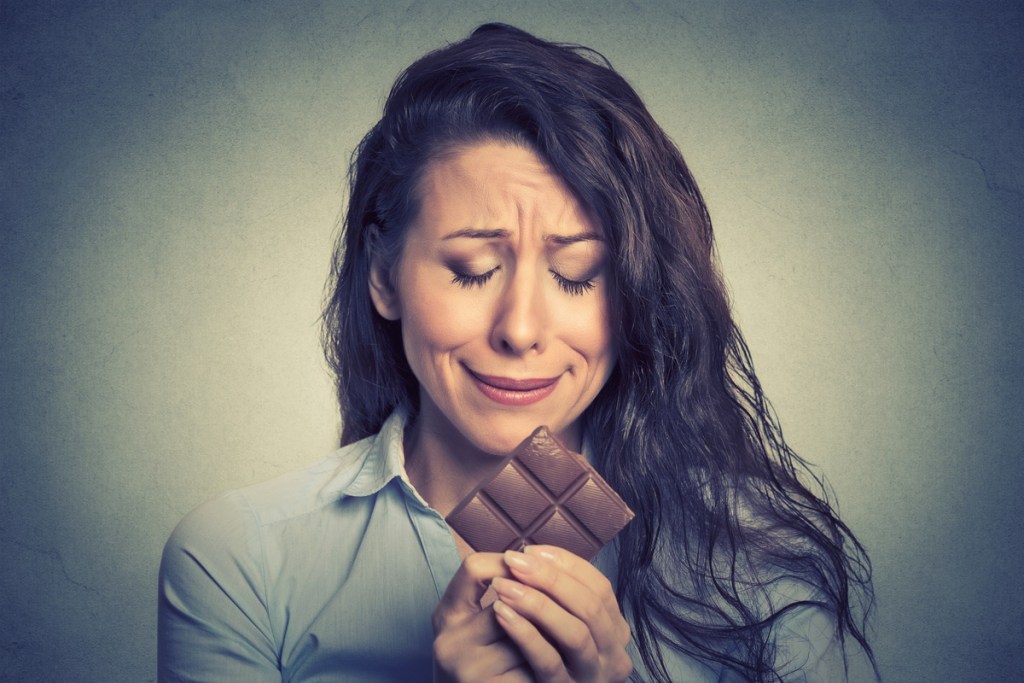
Do something else
Sometimes sweet-snacking happens because, well, there’s nothing better to do. It’s also more difficult to fight cravings when you have nothing to do but think about them. Instead, find something else to take your mind away from the sugar cravings.
The “something else” need not be anything specific. Catch up on work or a Netflix show, read a book, go for a walk, go to the gym, play with your kids, make a cup of tea or coffee, or just about anything else. Once you get into the flow of another activity, the sugar cravings will fade into the rearview.
Surf the urge
Taking your mind off the craving is an important tool, but what if you just can’t shake it? It may be time to move in the opposite direction with a practice called “urge surfing.” A staple of many addiction recovery programs, “surfing” a sugar craving essentially means acknowledging the urge and staying present with that urge until it goes away, rather than attempting to resist it.
Urges tend to swell and subside, so sometimes, you just have to wait it out. While surfing the urge, you’ll begin to realize that cravings aren’t all-powerful and, with time, they’ll become much less frequent.
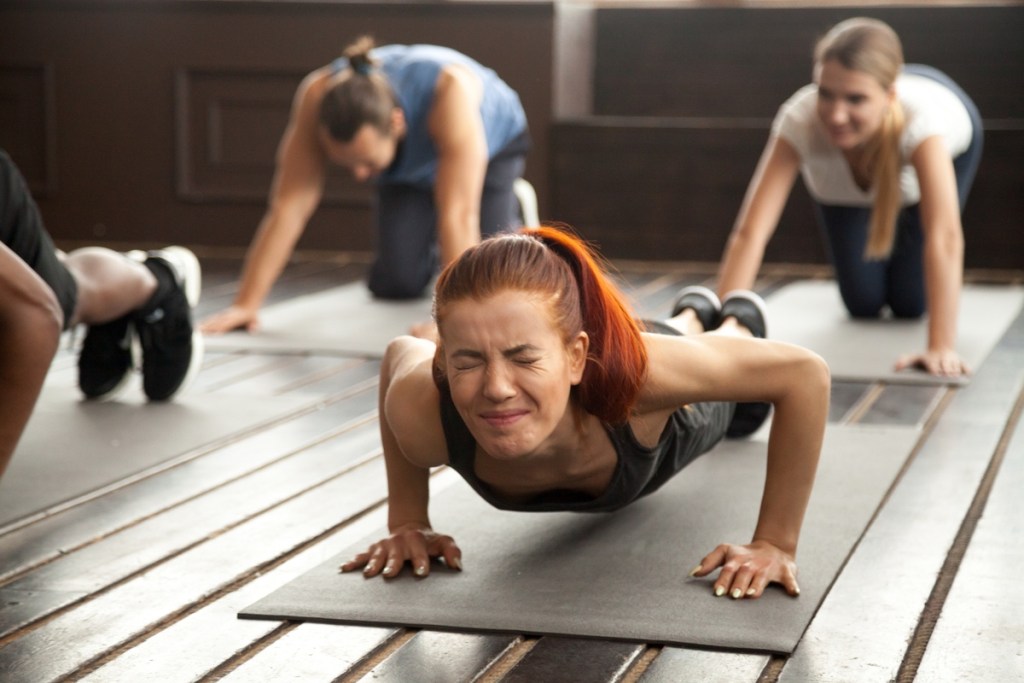
Exercise
We mentioned that exercise can take your mind off the craving, but there are other benefits. Exercising is a great way to feel good about yourself, and as a result, you may naturally wish to avoid foods (like sugar) that will undermine the progress you made that day.
Sugar is addictive largely because consuming it can release serotonin, giving you a quick boost of temporary pleasure. Exercise can actually do something similar, as it releases endorphins, those famous feel-good brain chemicals that give you a natural high. This means you don’t have to rely on sugar anymore for a mood boost.
If you use these tips to handle cravings and avoid triggers, you’ll have a much healthier relationship with sugar before you know it. As you start your low sugar journey, keep in mind that sugar is an addictive substance, and it’s okay to struggle at times. Don’t be too hard on yourself, and if you find that you need more professional guidance, speak to a nutritionist or other healthcare professional for more help.
BlissMark provides information regarding health, wellness, and beauty. The information within this article is not intended to be medical advice. Before starting any diet or exercise routine, consult your physician. If you don’t have a primary care physician, the United States Health & Human Services department has a free online tool that can help you locate a clinic in your area. We are not medical professionals, have not verified or vetted any programs, and in no way intend our content to be anything more than informative and inspiring.
